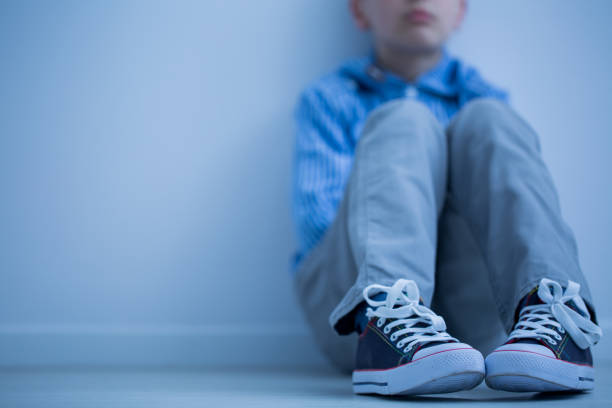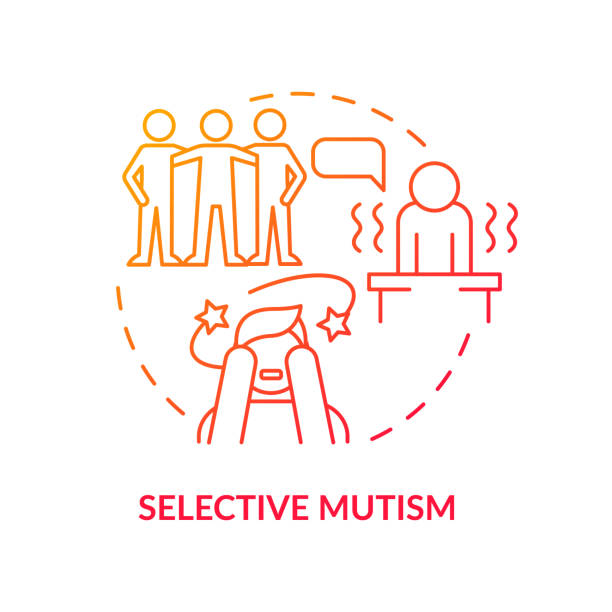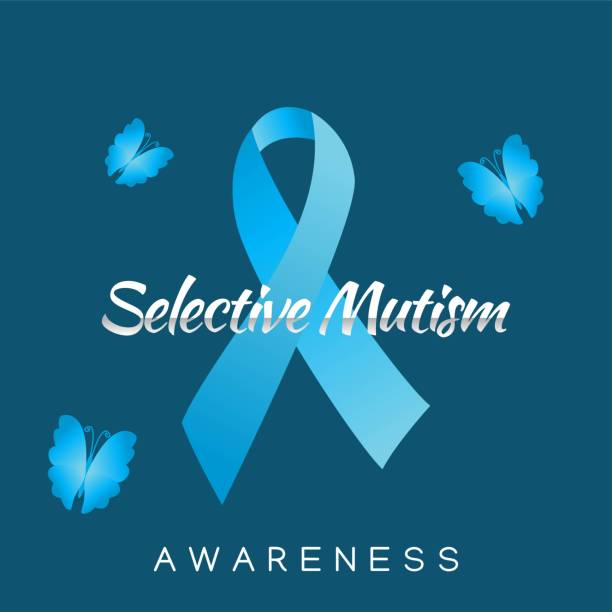Newsletter
Subscribe to stay updated on our latest news, upcoming workshops, training and special offers

Selective mutism and shyness are two terms that are often used interchangeably, but they are actually two distinct conditions. While both selective mutism and shyness involve a child's reluctance to speak, there are important differences between the two. Recognizing these differences is crucial in providing children with the appropriate support and treatment.
Selective mutism is a severe anxiety disorder that affects children's ability to speak in certain social situations, even though they are capable of speaking in other situations. Children with selective mutism may be able to speak comfortably at home with family members or in familiar settings, but they may be unable to speak at school or in other public places. This can lead to significant social and academic challenges and can impact a child's self-esteem and overall well-being.
Shyness, on the other hand, is a common personality trait that many children exhibit. Shy children may be hesitant to speak or participate in social situations, but they are not necessarily anxious or unable to speak. Shyness is not a disorder, but it can impact a child's social development and may make it harder for them to make friends or participate in activities. Recognizing the difference between selective mutism and shyness is crucial in providing children with the appropriate support and treatment.
What is Selective Mutism?
Selective mutism is a severe anxiety disorder that typically affects children aged 3 to 8 years old. Children with selective mutism have difficulty speaking in specific social situations, such as at school, with strangers, or in public places, despite being able to speak normally in other situations, such as at home with family members. This difficulty in speaking can significantly impact a child's social development, academic performance, and overall quality of life.

The causes of selective mutism are not fully understood, but it is believed to be related to social anxiety disorder. Children with selective mutism may experience intense anxiety or fear in certain social situations, making it difficult or impossible for them to speak. Some children may also have a genetic predisposition to anxiety or a history of trauma or other stressful experiences that contribute to the development of selective mutism.
Common symptoms and behaviors associated with selective mutism include a lack of speech or reluctance to speak, social withdrawal or avoidance, freezing or clinging to a parent or caregiver in social situations, and physical symptoms such as sweating, trembling, or stomachaches. If left untreated, selective mutism can lead to social isolation, academic difficulties, and other mental health issues such as depression and anxiety. However, with appropriate support and treatment, most children with selective mutism can learn to overcome their fears and improve their ability to speak in social situations.
Differences Between Selective Mutism and Shyness
While both selective mutism and shyness involve a child's reluctance to speak, there are important differences between the two. Selective mutism is a severe anxiety disorder that affects a child's ability to speak in certain social situations, even though they are capable of speaking in other situations. Shyness, on the other hand, is a common personality trait that many children exhibit and is characterized by a reluctance to speak or participate in social situations.
The key difference between the two is the level of anxiety and impairment that each condition causes. Children with selective mutism experience significant anxiety or fear in certain social situations, which makes it difficult or impossible for them to speak. This can lead to significant social and academic challenges and can impact a child's self-esteem and overall well-being. Shy children, on the other hand, may be hesitant to speak or participate in social situations, but they are not necessarily anxious or unable to speak. Shyness is a normal part of development and often emerges during early childhood when children start to interact more with peers and adults outside of the family.
Why it's Important to Tell the Difference
It's important to distinguish between selective mutism and shyness because the two conditions require different approaches and treatments. Children with selective mutism need specialized support and therapy to help them overcome their anxiety and develop the confidence to speak in social situations. This may involve a combination of behavioral therapy, medication, and school-based interventions to create a supportive and inclusive environment.

On the other hand, shy children may benefit from strategies to help them feel more comfortable in social situations and develop healthy relationships with peers. This may involve gradually exposing them to new social situations, modeling social skills, and building their self-esteem and confidence. By accurately identifying the underlying condition, parents, caregivers, and educators can provide the appropriate support and interventions to help children thrive socially, emotionally, and academically.
Getting the Right Support and Treatment
If you suspect that your child may be experiencing selective mutism, it's important to seek the right support and treatment. Early intervention can help prevent long-term social and academic difficulties and can give your child the best chance of success. You may want to start by talking to your child's pediatrician, who can help rule out any underlying medical conditions and refer you to a mental health professional.

Treatment for selective mutism often involves cognitive-behavioral therapy (CBT) and other evidence-based interventions that help children overcome their anxiety and develop the confidence to speak in social situations. Family involvement is often an important part of treatment, as parents and caregivers can learn strategies to support their child's progress and create a positive and inclusive environment at home.
It's also important to work closely with your child's school and teachers to ensure that they receive the appropriate accommodations and support. This may involve creating a 504 plan or Individualized Education Program (IEP) that outlines specific strategies to help your child succeed in the classroom and beyond. With the right support and treatment, children with selective mutism can learn to overcome their anxiety and develop the social and communication skills they need to thrive
Conclusion
Selective mutism is a complex and often misunderstood condition that affects many children and families. While it can be challenging to diagnose and treat, early intervention and the right support can make a significant difference in a child's social and academic outcomes.
By understanding the differences between selective mutism and shyness, parents, caregivers, and educators can work together to provide the appropriate support and interventions to help children thrive. With the right treatment and accommodations, children with selective mutism can develop the confidence to speak in social situations and build healthy relationships with peers.
It's important to remember that every child is unique and may require a different approach to treatment. By working closely with mental health professionals, educators, and other support networks, parents and caregivers can help their child reach their full potential and succeed in all aspects of life. With patience, understanding, and the right resources, children with selective mutism can overcome their anxiety and lead fulfilling and successful lives.
Note:
Hopscotch Child Therapy is a child and family guidance centre with a mission to improve the standard and accessibility of early intervention and mental healthcare services for children and families. We constantly strive to provide high-quality, effective, evidence-based mental health and therapeutic services. To assist your kid in realizing his or her full potential, we have a team of highly qualified therapists with years of expertise. Visit your website right away to make an appointment!
March 26, 2023

August 24, 2022

September 30, 2020
.jpg)
August 9, 2022